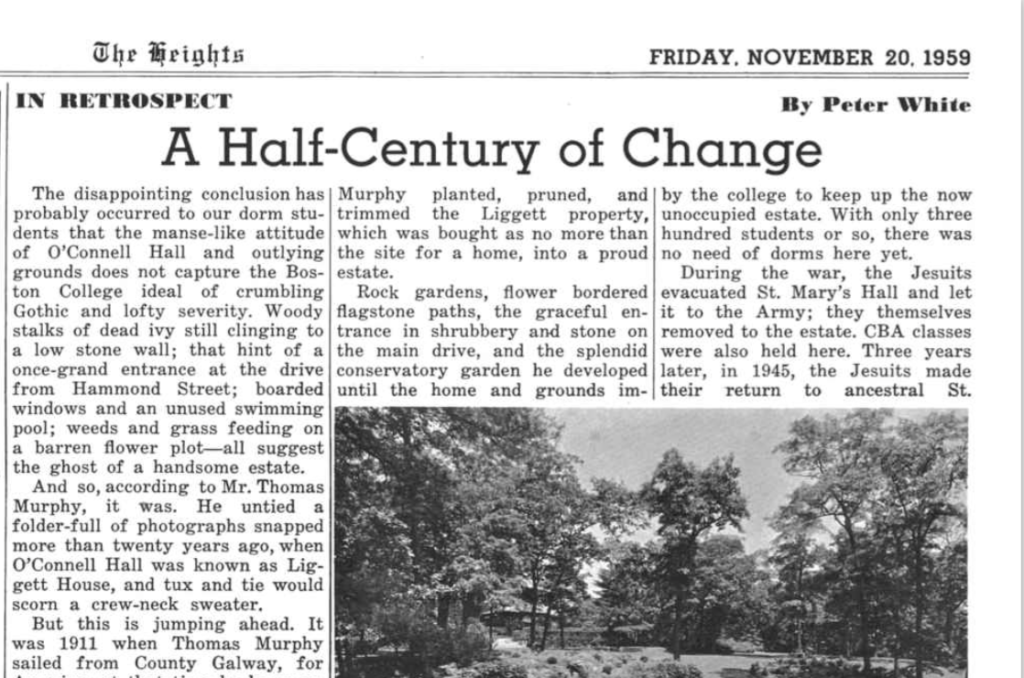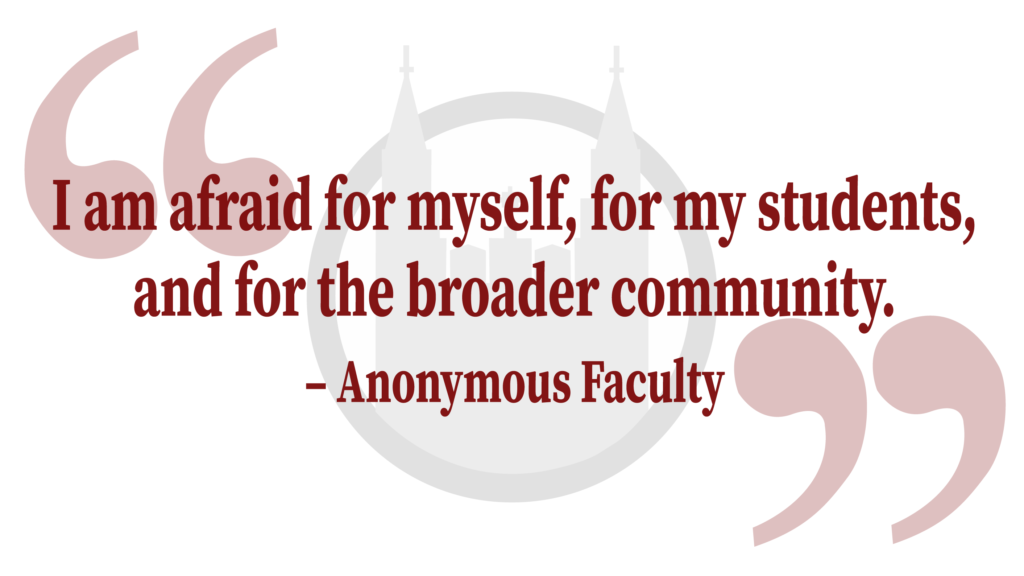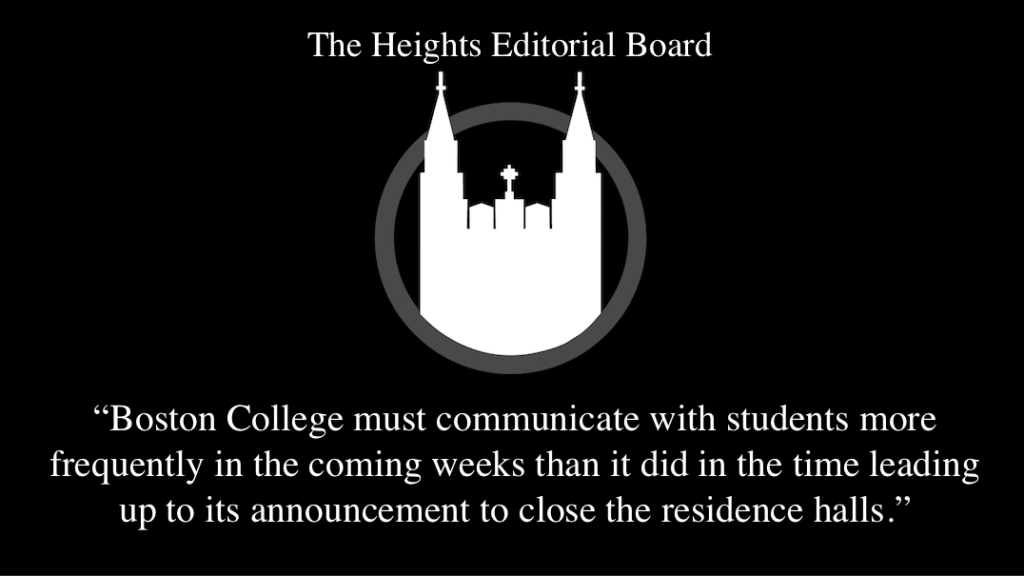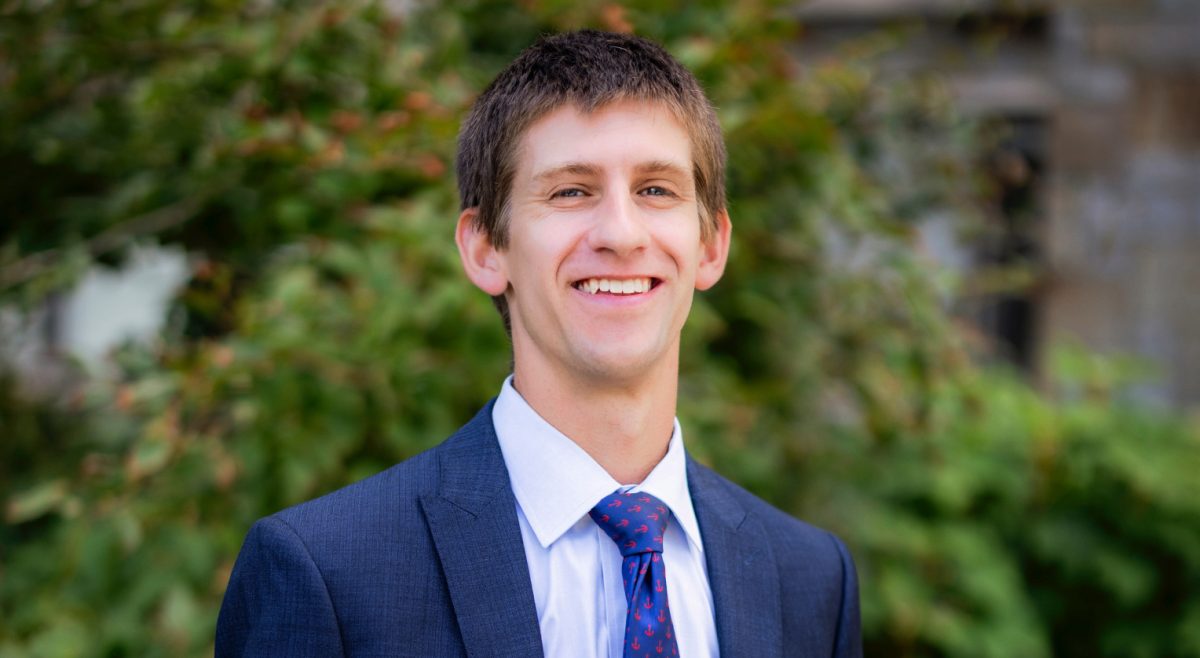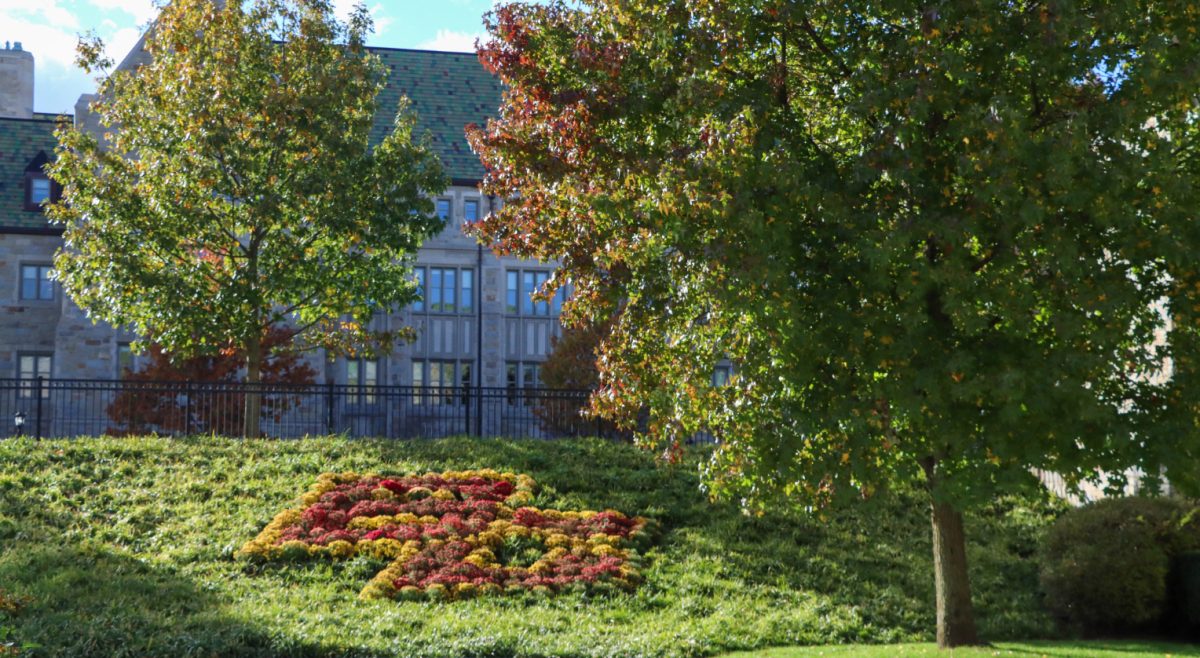Louis Liggett had a big house. The grounds were sprawling. But the drug store magnate—a founder of Liggett-Rexall stores—didn’t have time to be worried about tending to all his land, so the man he hired to do it, in 1916, was told to only bother Mrs. Liggett. Mr. Liggett was too busy.
The man he hired had come to Boston in 1911, leaving behind a 16-acre family crop farm in County Galway. His first job was at a Brookline golf course, and he spent his spare time “wandering through the Arnold Arboretum in Jamaica Plain, until like Adam, he could name all trees.” As his familiarity with gardening and horticulture grew, he got jobs working on two local estates, and in 1915 he was tending flower boxes at Copley Plaza for a quarter an hour.
That man was Tom Murphy, my great-grandfather. Tom worked for the Liggetts for 25 years, until the estate ended up in the possession of first Cardinal O’Connell and then Boston College, which asked him to continue caring for it. The Liggett estate transformed into Upper Campus, and Louis Liggett’s palace became O’Connell House. As BC expanded, Tom became the head groundskeeper. You could see his personal touch in “the well-cared-for circlet of shrubs around our eagle-topped column on the main driveway.”
Or so I’ve read, in a Heights feature from 1959, written when Tom retired.
To do The Heights is often to make the mere suburban blip that is BC into the whole world, to zoom in so close that you breathlessly rewrite headlines at 1 a.m. to better capture the most microscopic of details, or reword a caption on page 14 to reflect this rather than that. On a production day, as the evening stretches on, everything gets smaller, and the night seems to close in until all there is is McElroy 113 and the school it covers. For the past three years, there’s been no more magical way to spend a night than to forget about everything else and sit here, with the heat on high to counteract these poorly insulated windows, and try to put a week (or less) of BC onto 16 pages.
Many times I’ve woken up after making the paper and noticed the world is big again, and wished I could redo something we did just hours before, when everything was small. If only we’d designed A1 in the morning instead of the night; if only I’d edited that article just a couple hours earlier; if only we’d prioritized this story over another. But no matter what we did last week, we’re already looking ahead to next time. For the past three years, there has always been the opportunity to do it again next week, to make my world small for a night and fill it up with BC, and then wake up to remember that while maybe there’s something about the day’s paper you wish you could change, in the world there is much, much more than you and Mac 113 and Chestnut Hill. After this week, I’ll only do that one more time.
To do The Heights is to grapple with this duality of the night and the day, the duality of a newspaper that in the grand scheme can feel unimportant but is sometimes so important you can’t possibly know it, and that therefore demands of you every week the same level of attention, because it’s not always easy to tell when it’s important, and there’s almost never someone else who can tell you.
I’ve read that story about Tom at least a dozen times. Sometimes I’ll check just to make sure it’s still there. I never met three of my grandparents, and I admittedly don’t even know the names of my other great-grandparents. This is the only trace I can find of Tom, there on page 8 (of 8) of the Nov. 20, 1959 issue of this newspaper. I can imagine the editor, as his staff rushed to meet their deadline, being handed that last page. He probably glanced at what seemed like a decent story, breathlessly rewrote the headline, reworded the captions, and handed it back. Then maybe he did the same with the front page, lingering a little longer now over the layout, perfecting the wording of the subheads. Then I imagine he sent the issue to print, turned off the lights, walked home, and went to bed. And it’s possible—likely, even—that he never thought about that feature on Tom again.
Sometimes in this job, a story that you think matters doesn’t, and a story that you think doesn’t matter does. Sometimes you realize that the next morning. And sometimes, I guess, you have to wait 59 years.
Featured Image from Heights Archives

